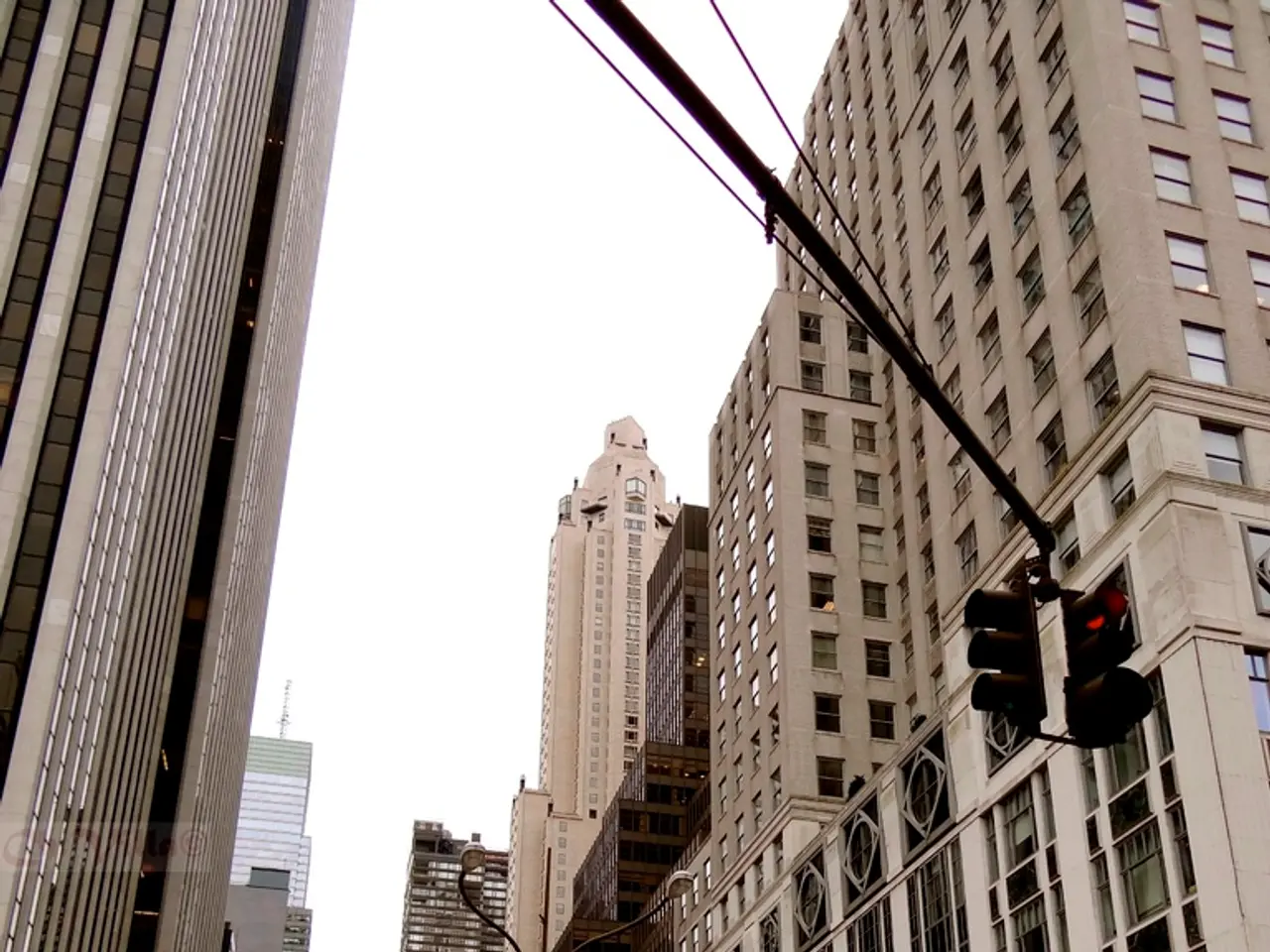Ade,\,\,AOL's traditional dial-up internet service is officially being phased out, saying goodbye to its distinctive beeps and boops.
In the early days of the internet, AOL's dial-up service was a revolutionary gateway for millions of people to connect to the World Wide Web. Rolled out in 1989 and gaining popularity in 1991, this service transformed the way people accessed the internet, especially for non-technical users[1][4].
This service used the existing telephone lines and modems, producing the iconic screeching sounds as computers connected to the internet. AOL popularized many early internet experiences, including email, chat rooms, and instant messaging, shaping early internet culture[2].
The simplicity of AOL's service was a key factor in its success. The company offered trial CDs and a user-friendly interface, making the internet accessible to millions who otherwise might have stayed offline[1][4]. However, the service had its limitations. Users had to plug their computers into a phone jack and install software for communication. The process resulted in a robotic, staticky noise, and the speed was a fraction of what is available today[1]. Moreover, users could not use the phone and internet simultaneously.
Despite these drawbacks, AOL's dial-up service persisted for decades, serving rural areas and niche users. As of 2022, 0.1% of American households still rely on dial-up to access the internet[3]. However, the end is near. AOL announced the discontinuation of its dial-up service on its website, stating that it will run until September 30[2].
The discontinuation of AOL's dial-up service leaves rural communities without an easy internet access alternative[6]. The service was a marker of connecting to the internet in the 1990s, and its end signifies the internet’s transition from analog dial-up to modern always-on broadband and mobile connectivity[1][4].
W. Patrick McCray, a tech historian at the University of California, Santa Barbara, described the sound of Dial-Up Internet as "kind of like the sound of the 1990s." The sounds of AOL's dial-up service are now part of the Smithsonian's collection, serving as a reminder of the internet's humble beginnings[5].
AOL did not introduce dial-up, but it became popular due to its ease of use and interface[1]. Despite the rise of broadband in the 2000s, AOL’s dial-up persisted for decades, serving rural areas and niche users until its discontinuation in September 2025, marking the end of an era and symbolizing the internet’s transition from analog dial-up to modern always-on broadband and mobile connectivity[1][4].
Key points of significance:
- Early Popularization: AOL introduced dial-up to mass-market consumers, using trial CDs and a user-friendly interface that made the internet accessible to millions who otherwise might have stayed offline[1][4].
- Cultural Impact: The dial-up sounds and AOL’s “You've got mail” greeting became symbols of the early internet era, embedding themselves in public memory and media[2].
- Technical Limitation Influence: The constraints of dial-up speeds and the need to tie up phone lines shaped early online content and user behavior, influencing website design and communication modes like instant messaging[1][4].
- Transition Marker: AOL’s shutdown of dial-up service in 2025 serves as a milestone, closing a chapter on the analog origins of the internet and highlighting the shift to faster, always-on internet technology such as broadband and fiber[1][4].
Thus, AOL’s dial-up service was foundational in bringing the internet into homes, defining early online culture and technology use, and its end signifies the full maturation of the internet era.
[1] Smithsonian Magazine
[2] The Verge
[3] Pew Research Center
[4] Wired
[5] The New York Times
[6] The Guardian
- As the internet transitions from analog dial-up to modern broadband and mobile connectivity, the finance sector must reevaluate its ESG (Environmental, Social, and Governance) principles, as outdated infrastructures like AOL's dial-up service have significant environmental impacts.
- With the discontinuation of AOL's dial-up service, businesses may need to adopt newer technologies to maintain a competitive edge, as technology advancements will continue to shape the way we communicate, conduct commerce, and engage in entertainment online.



